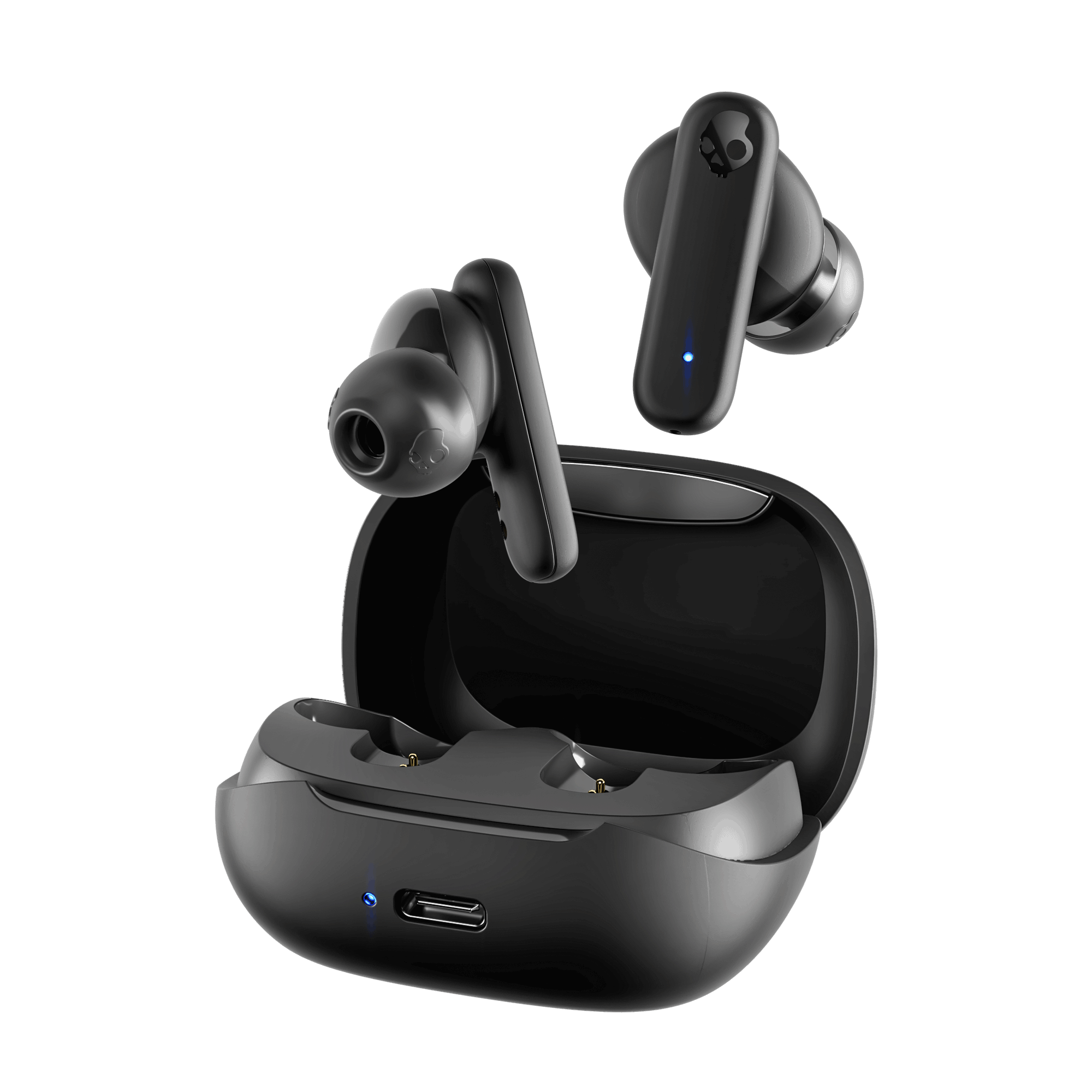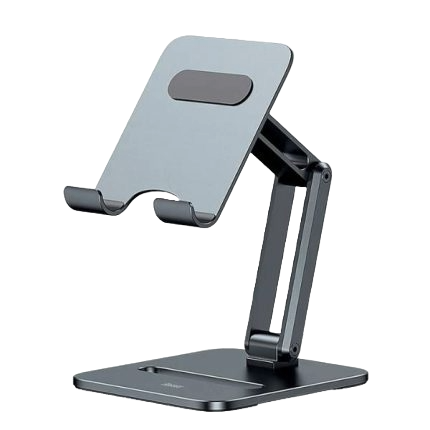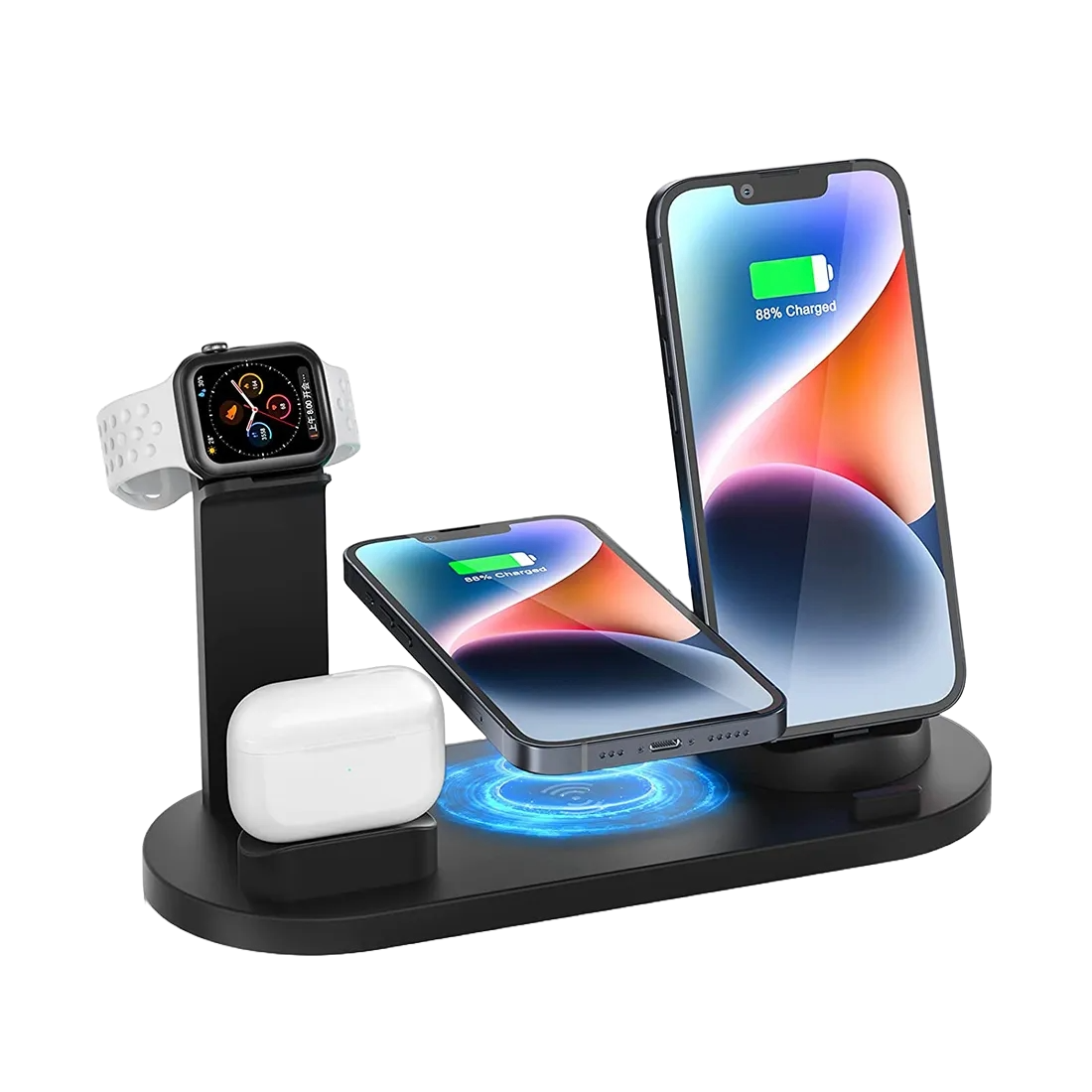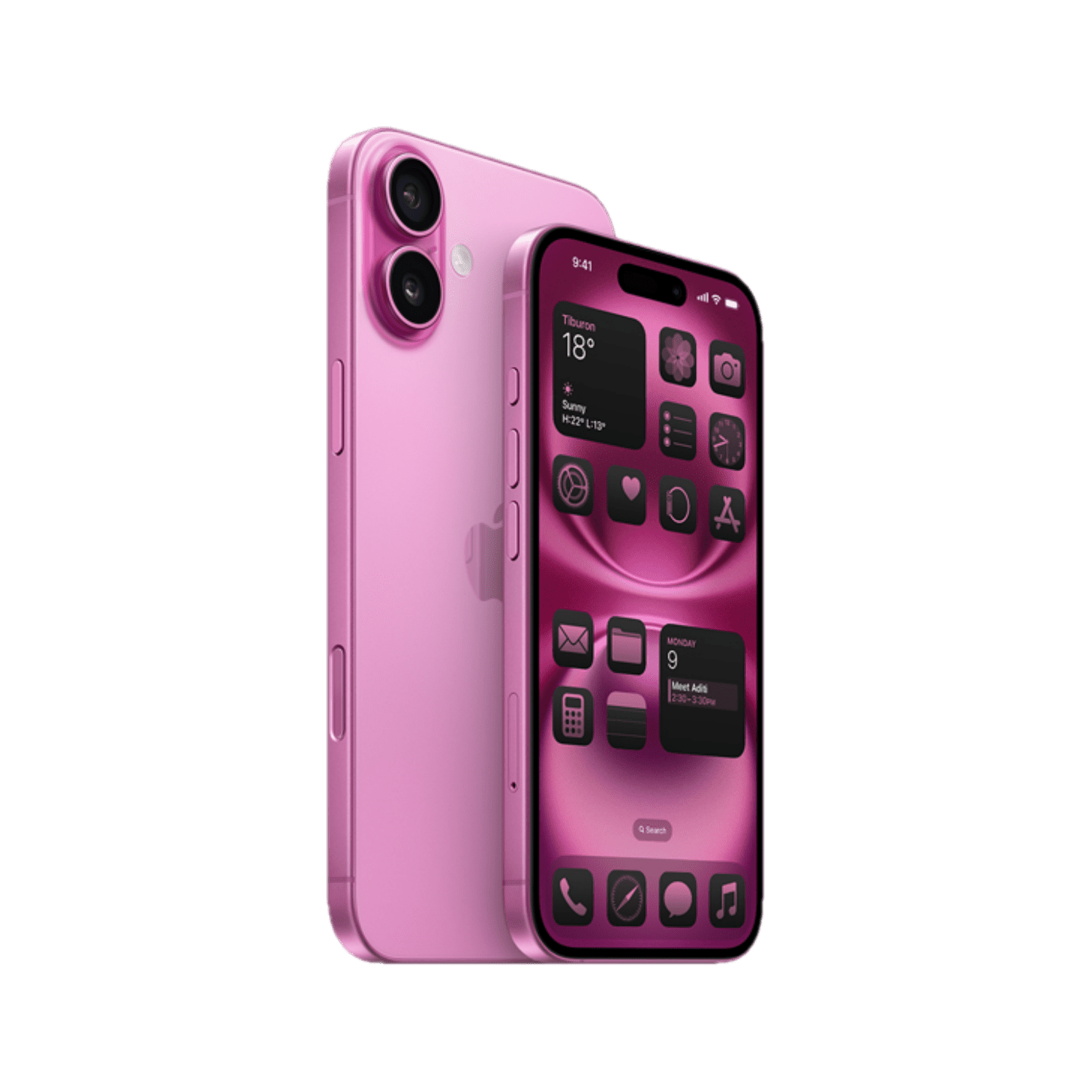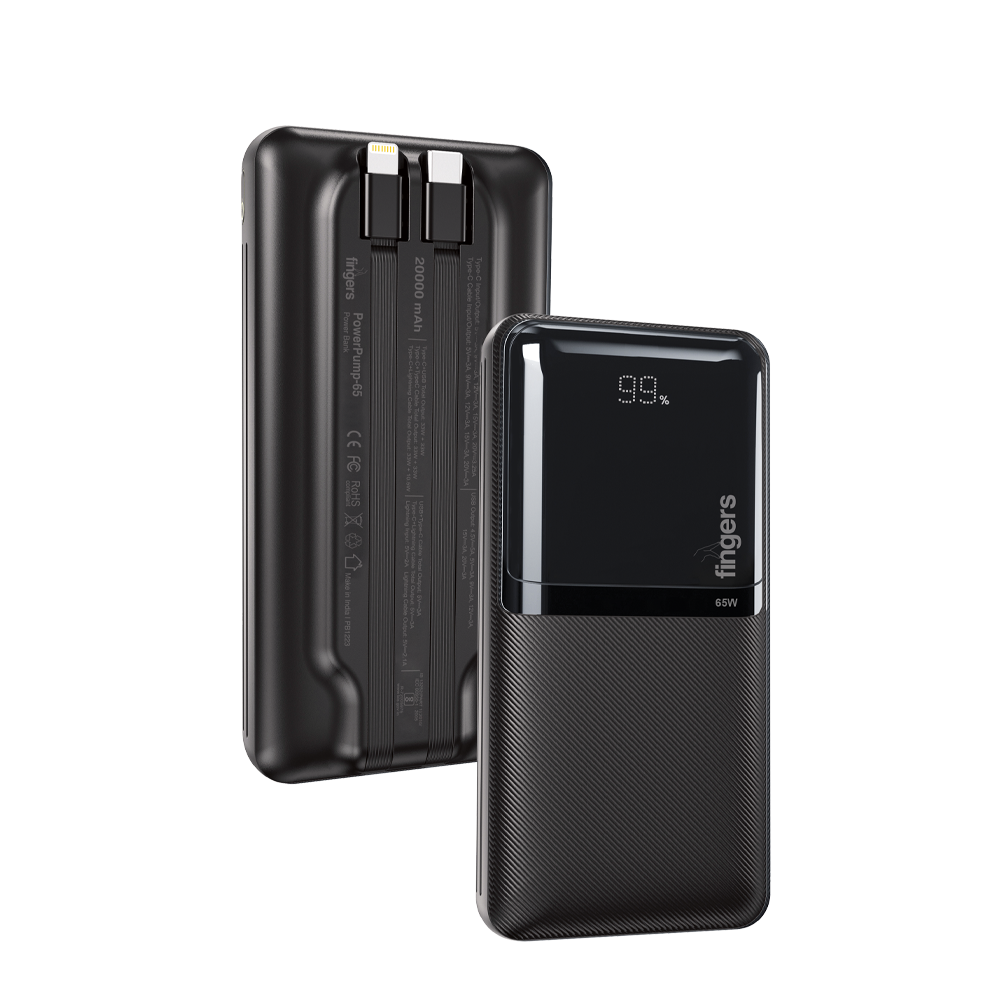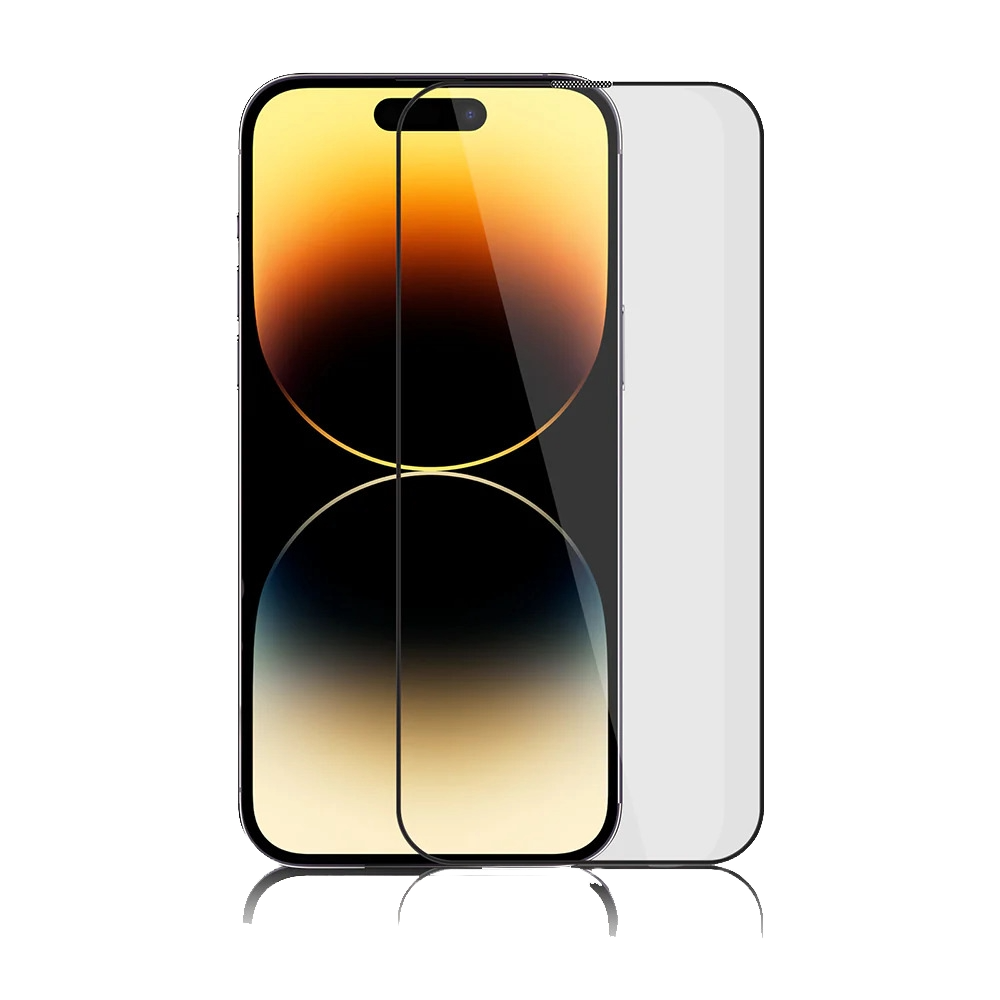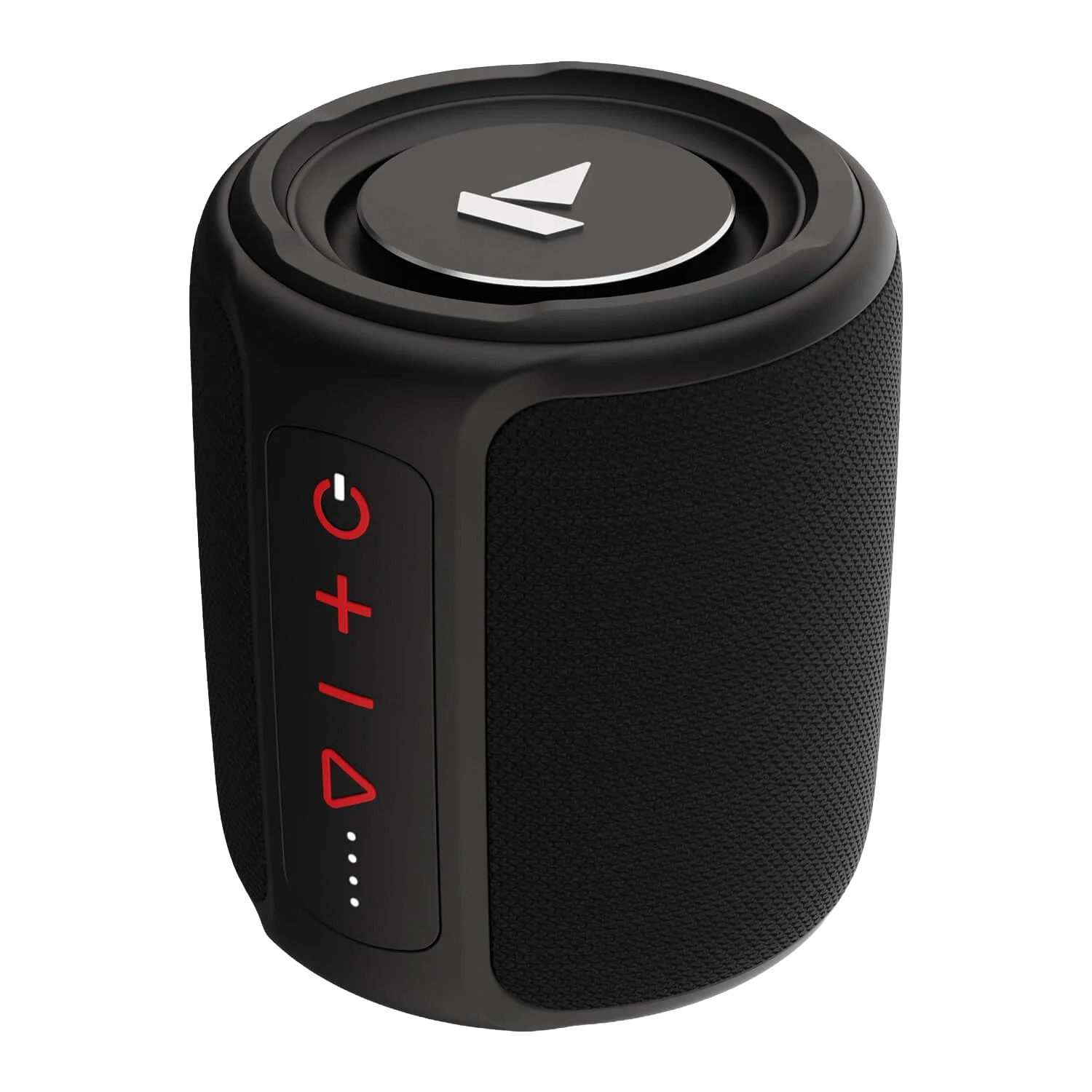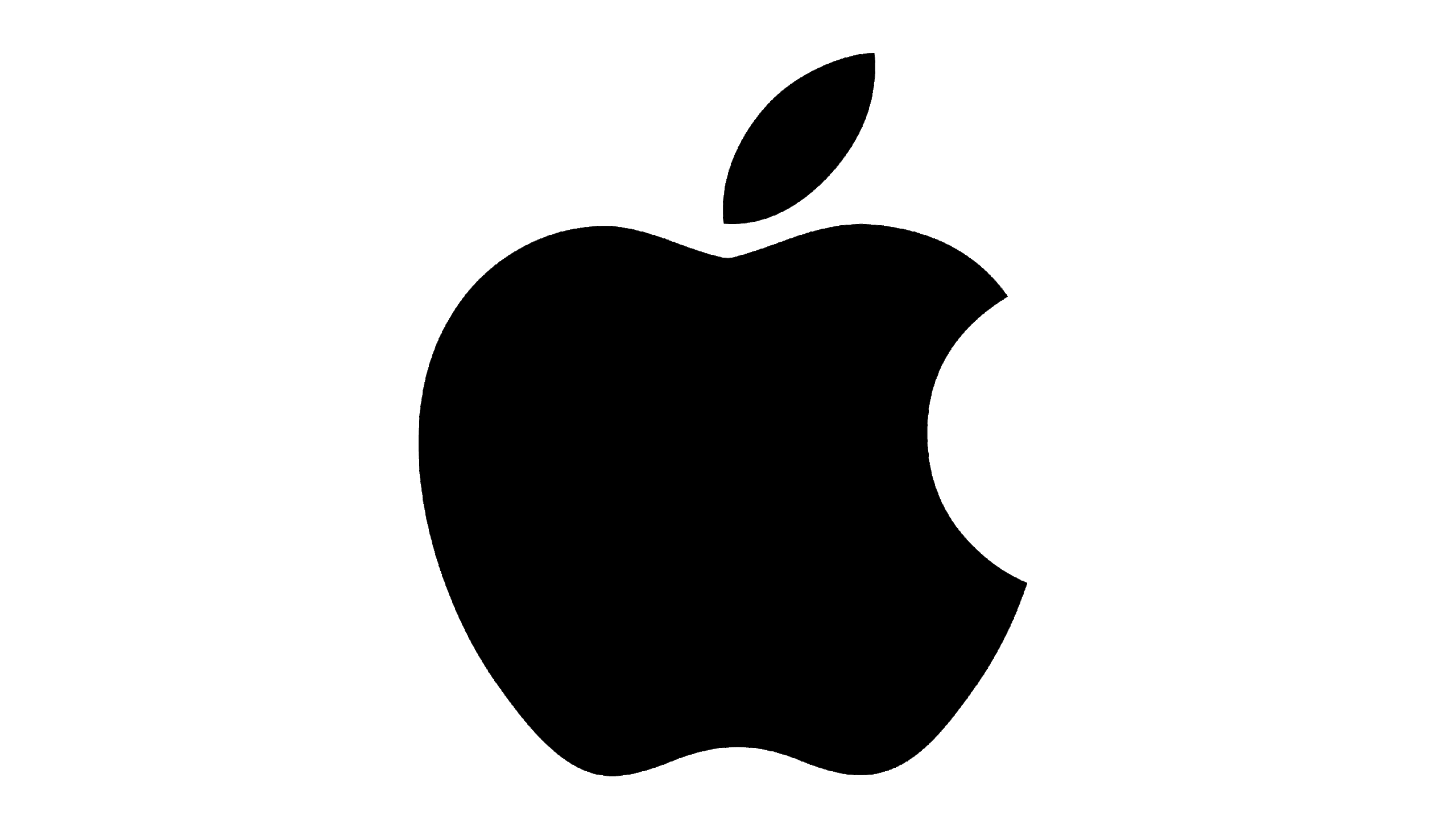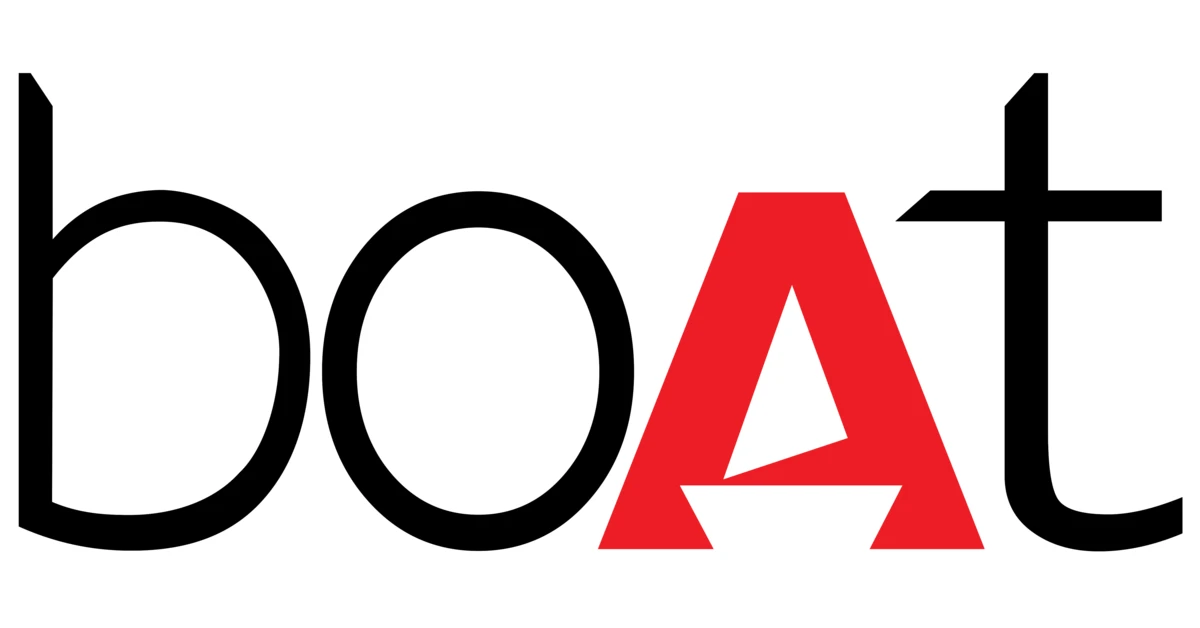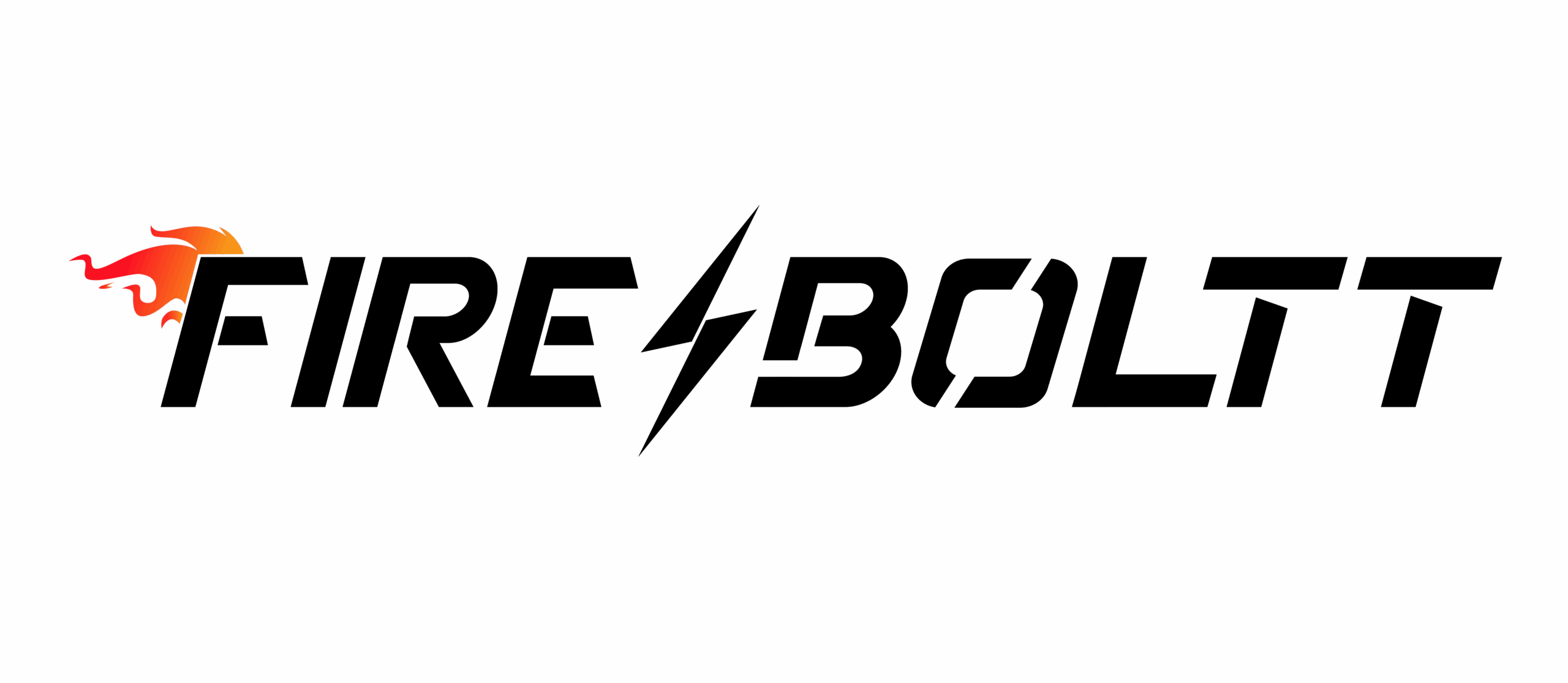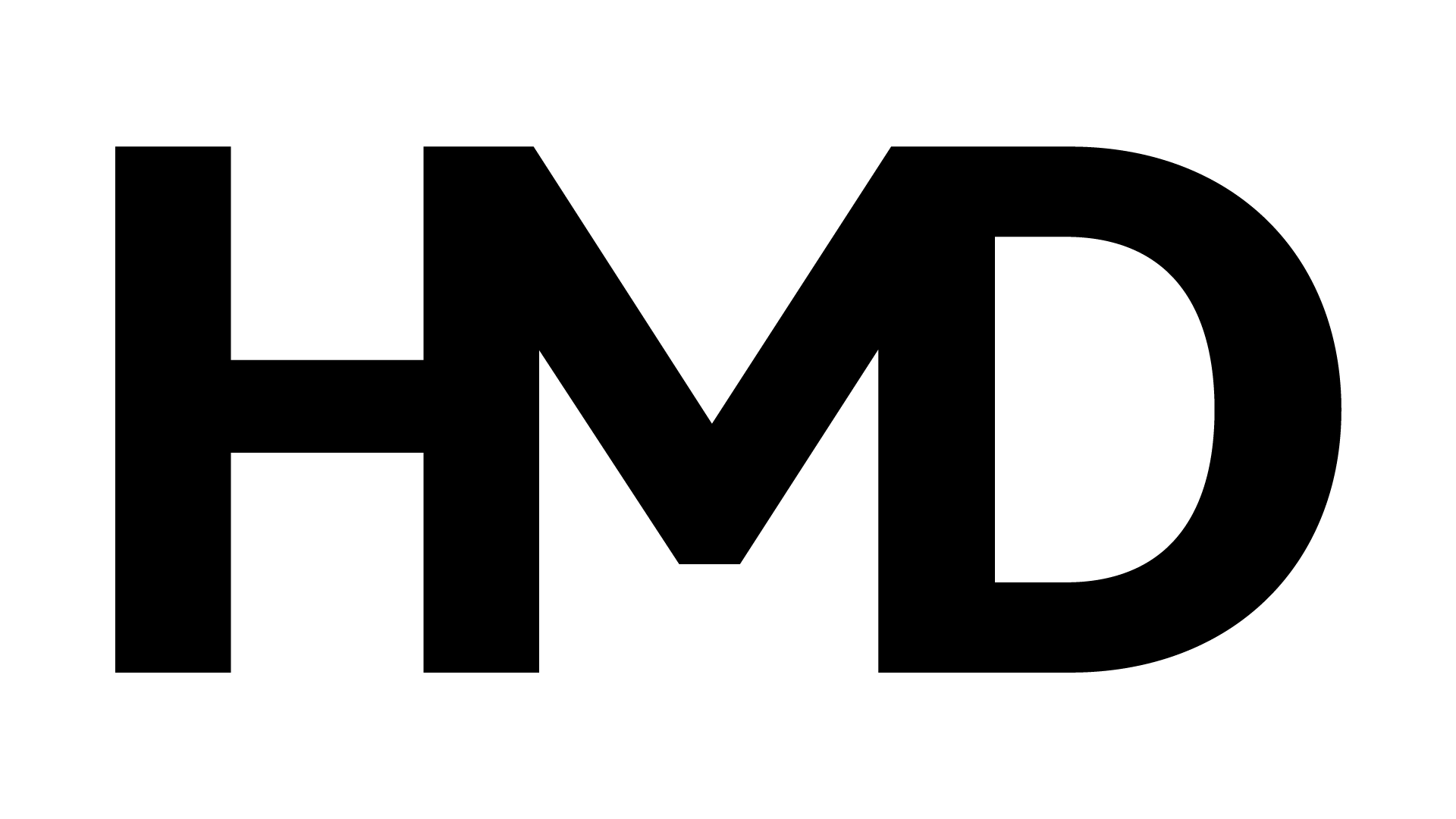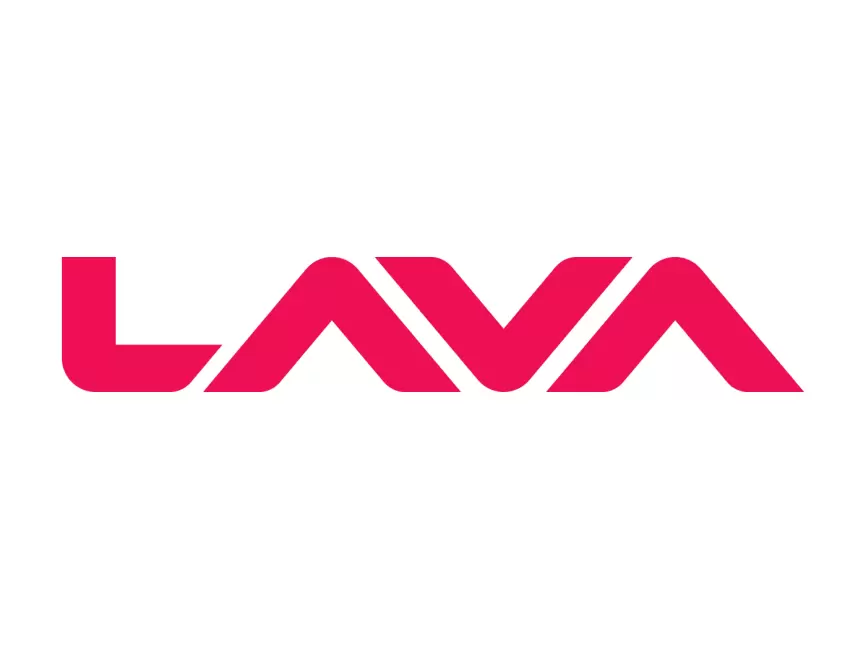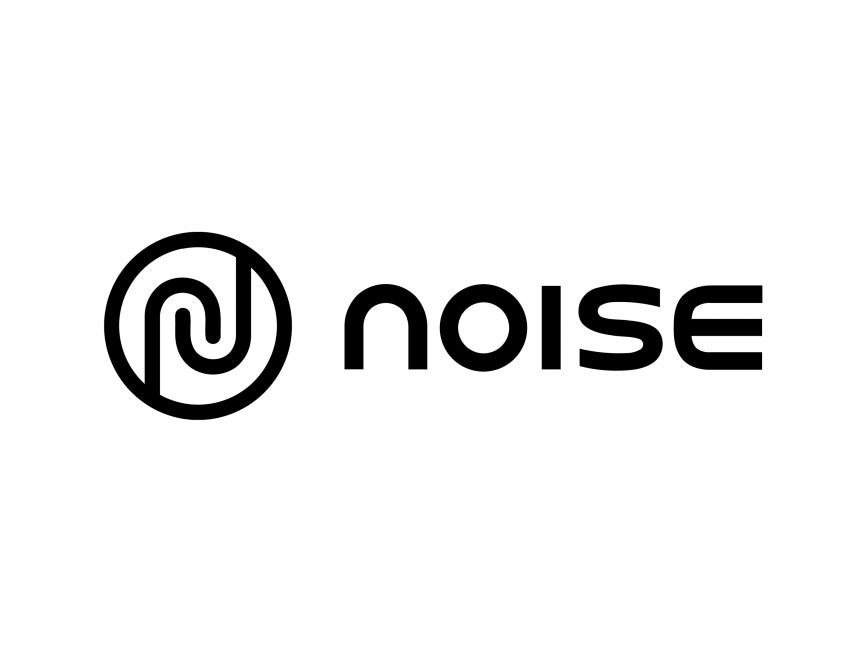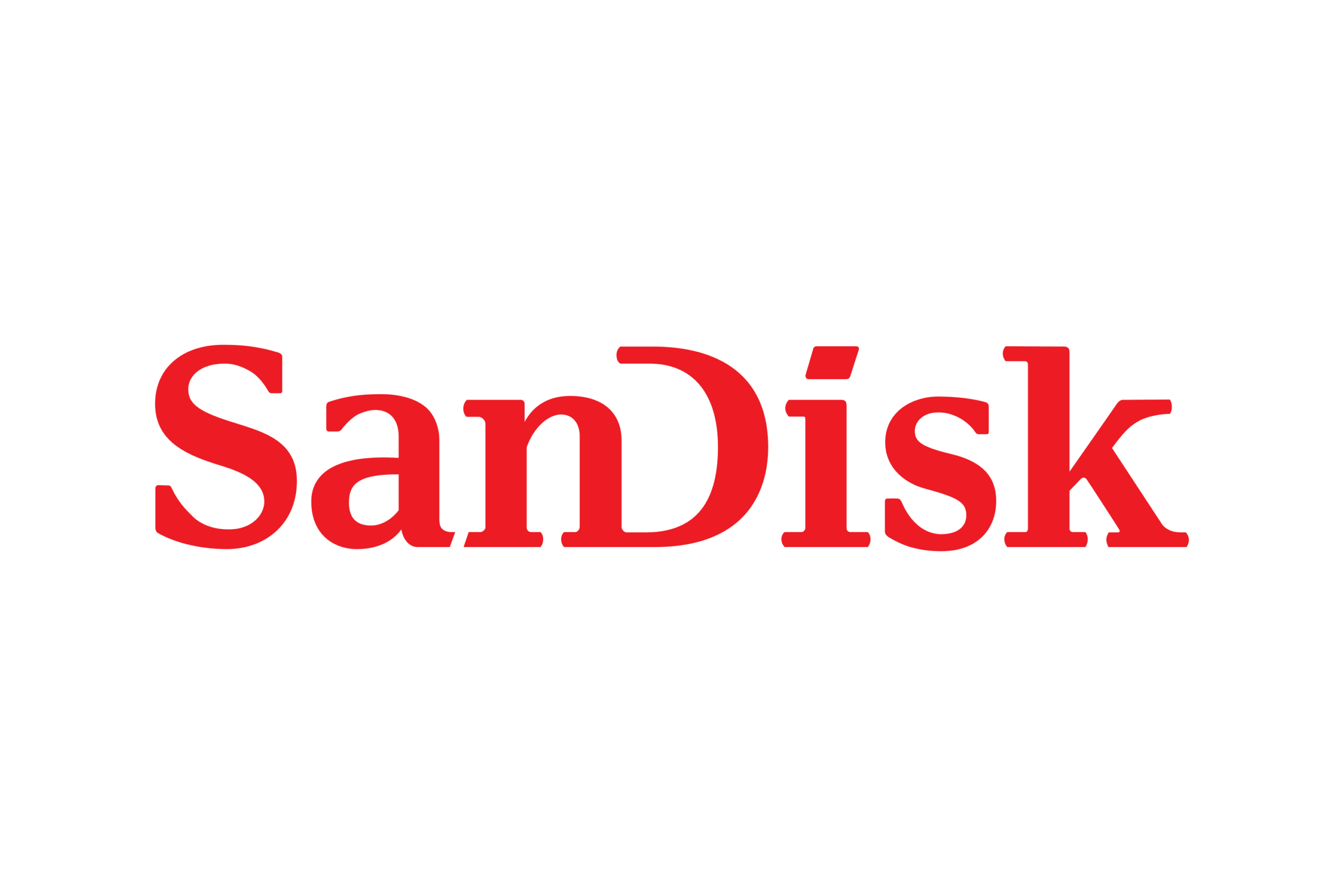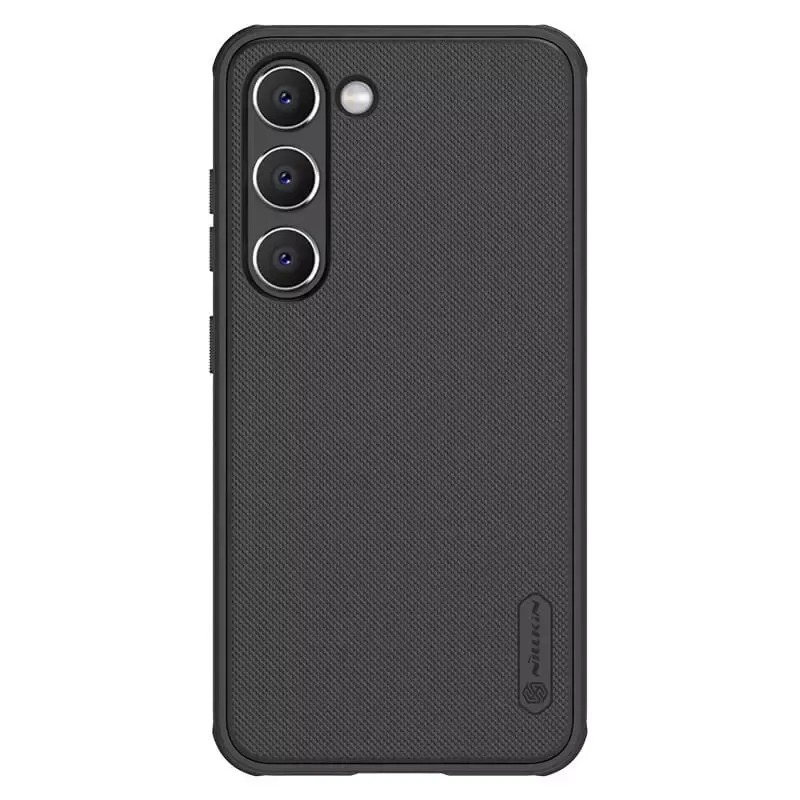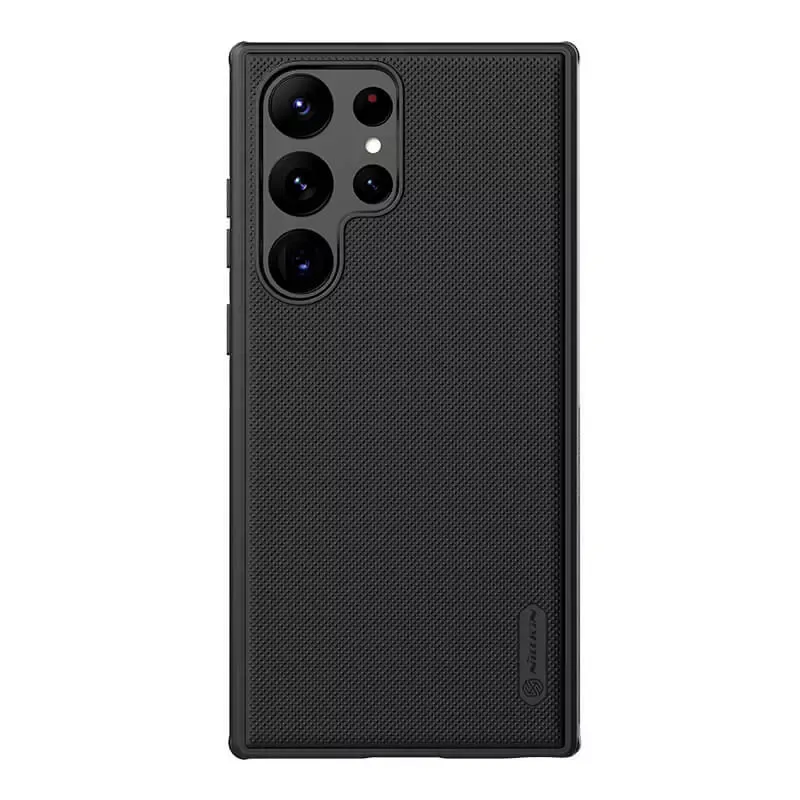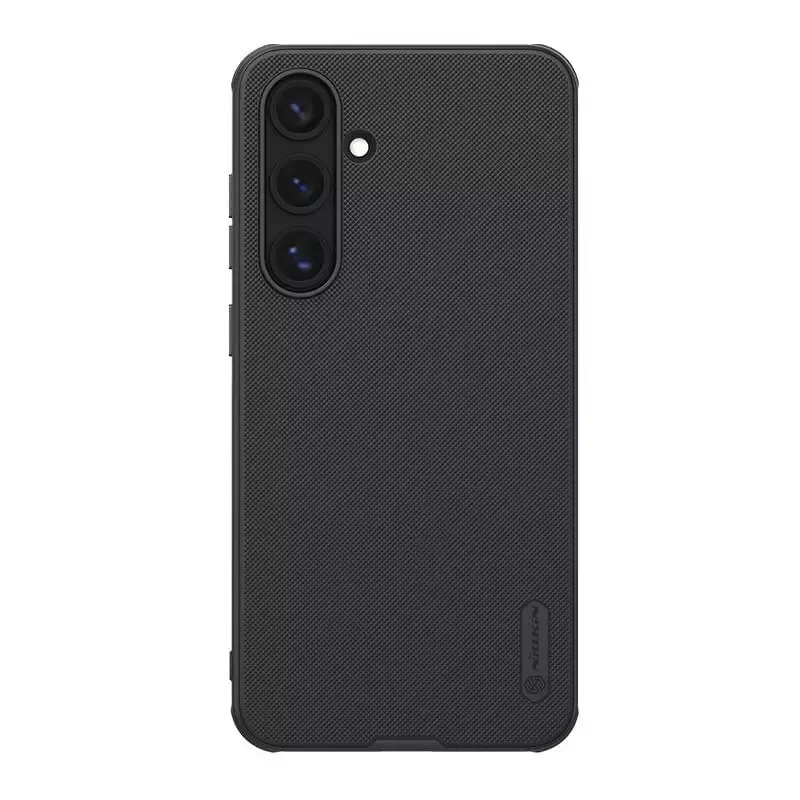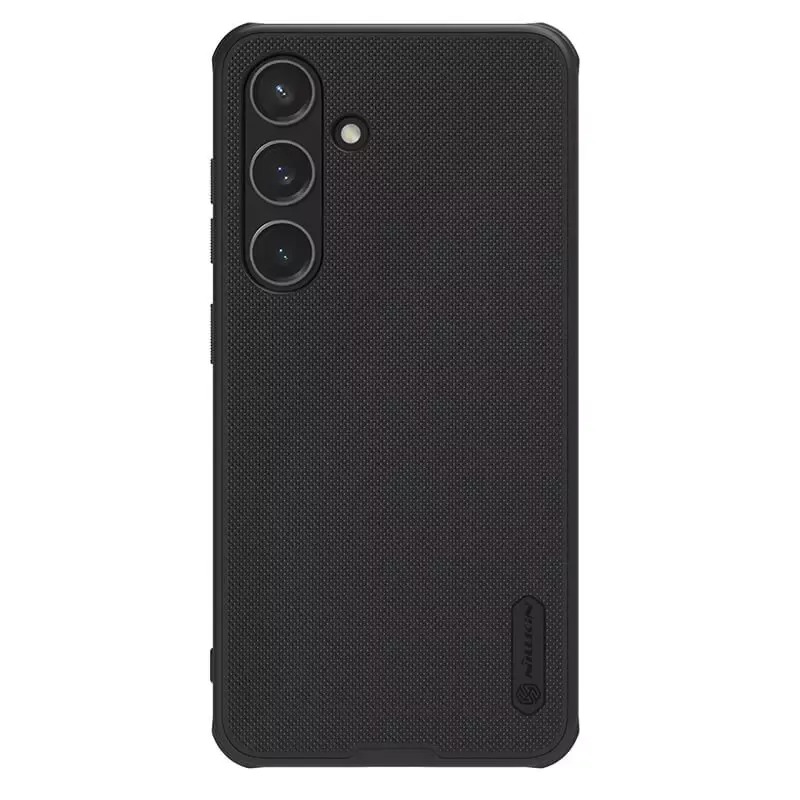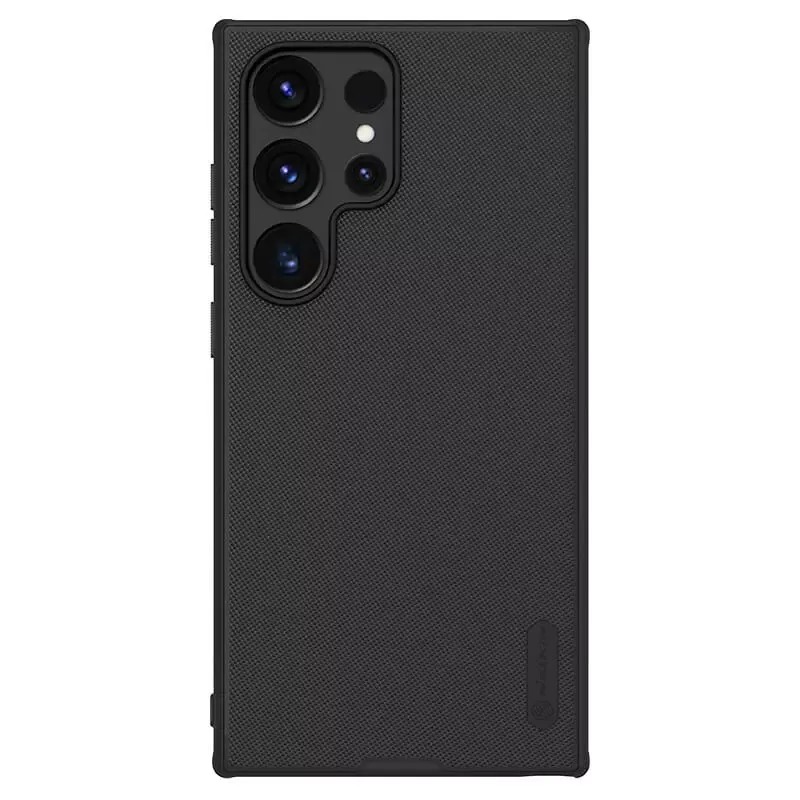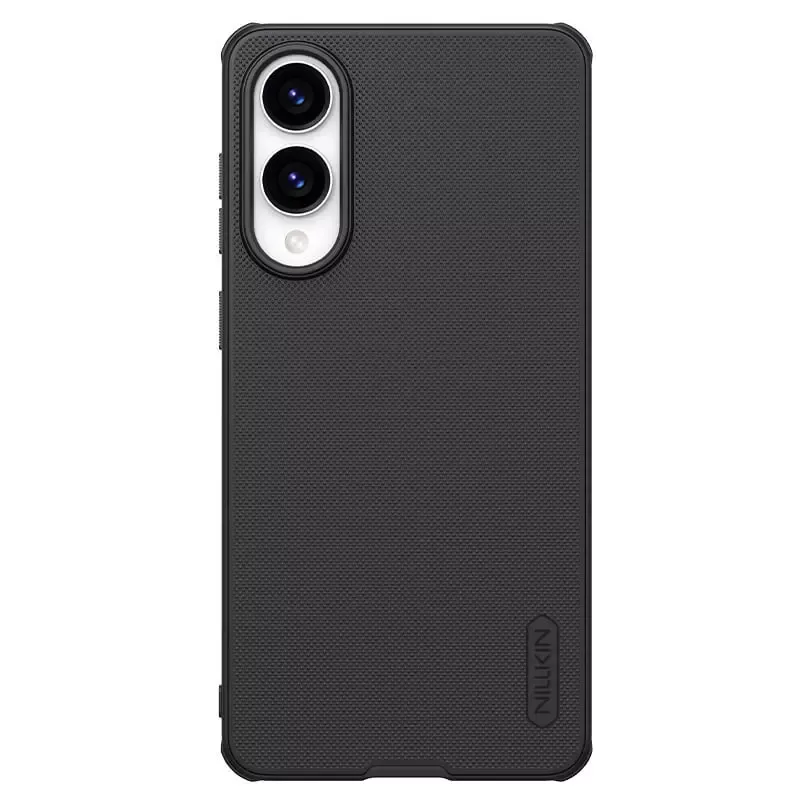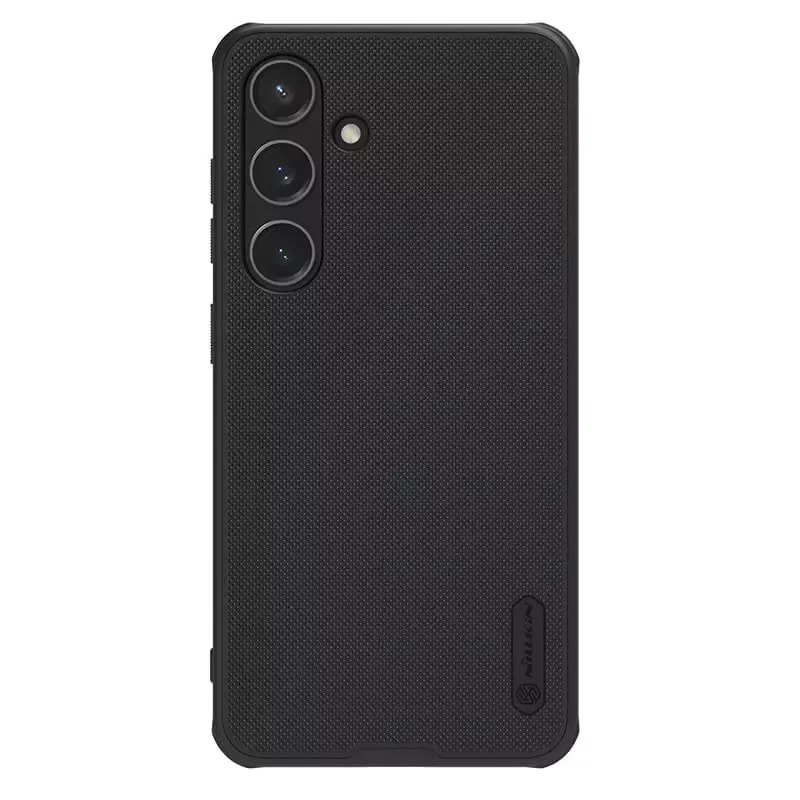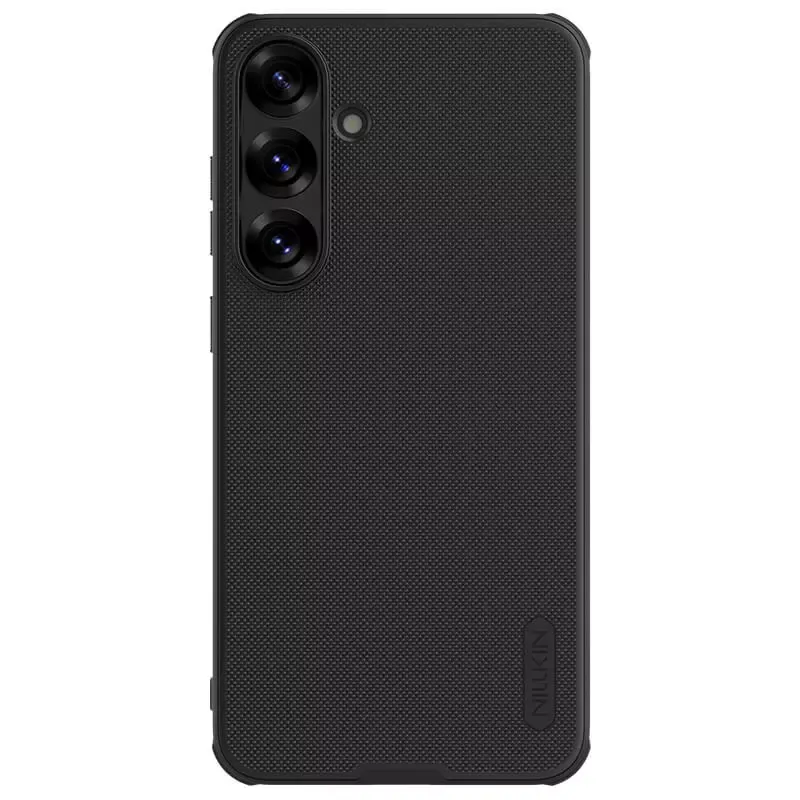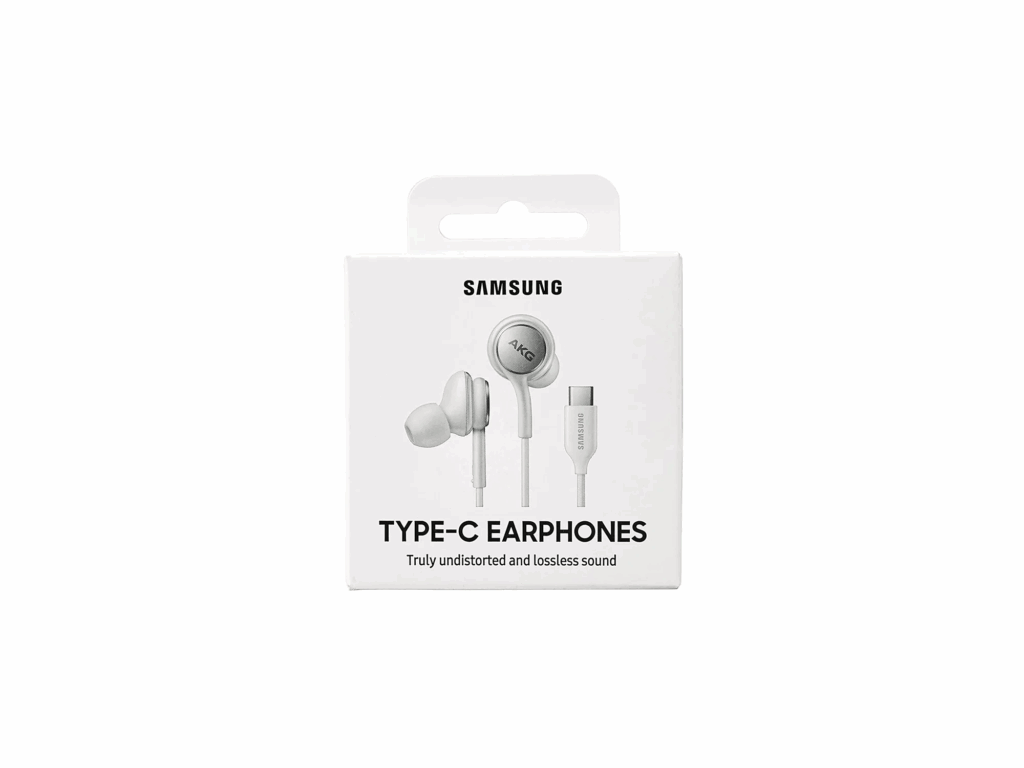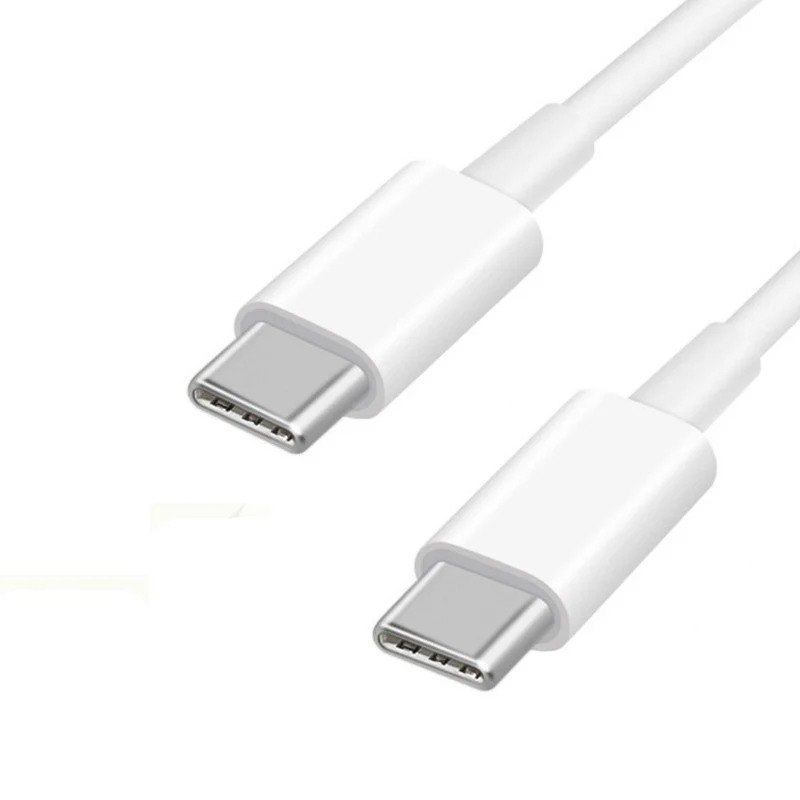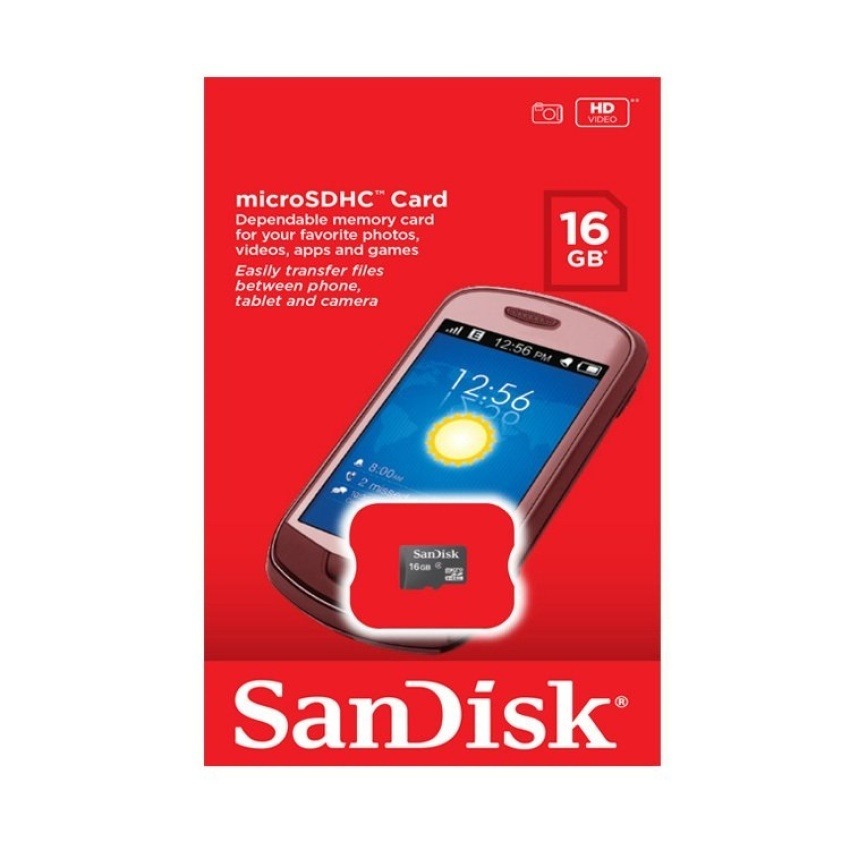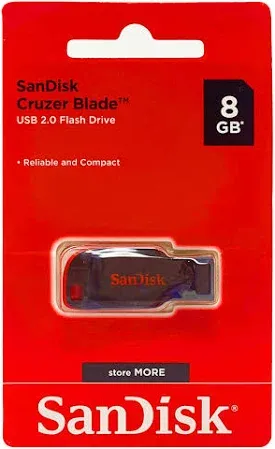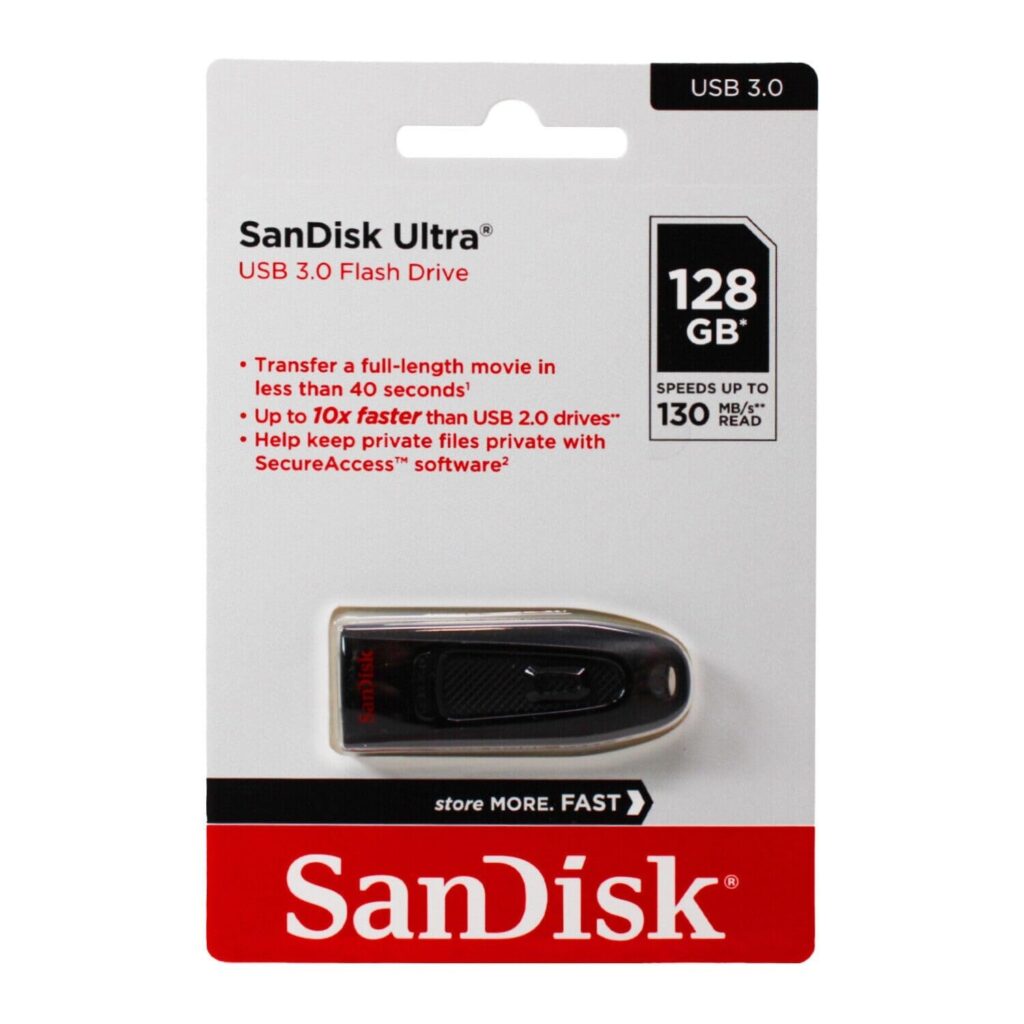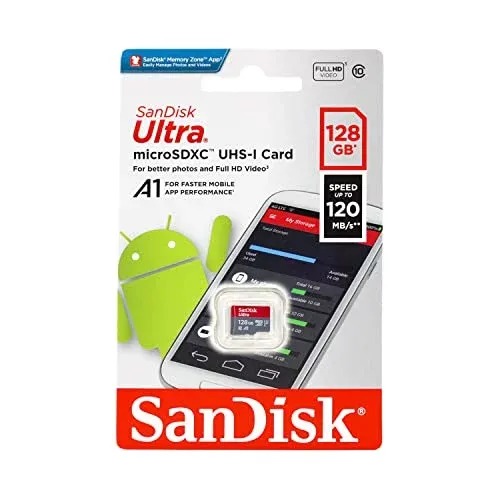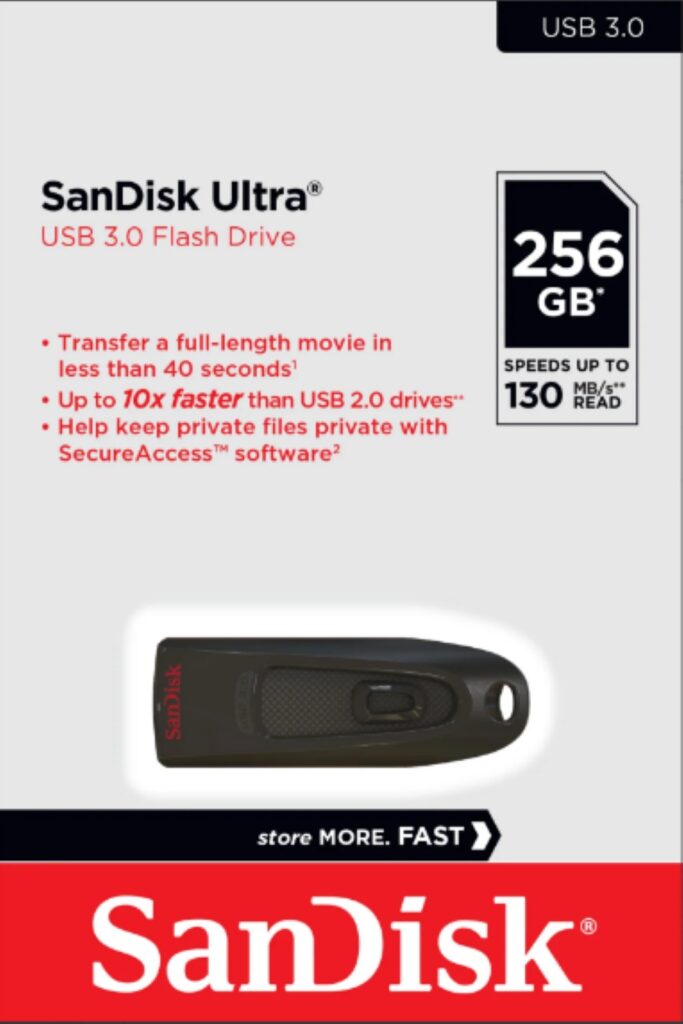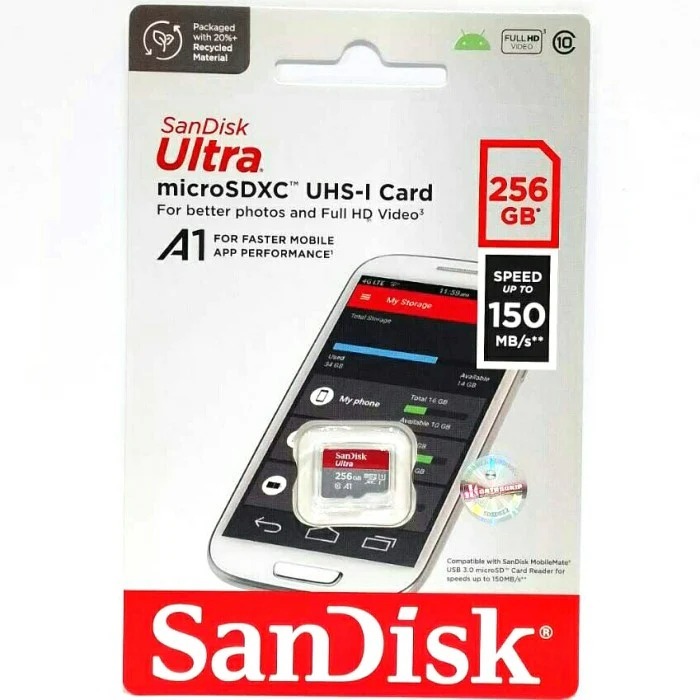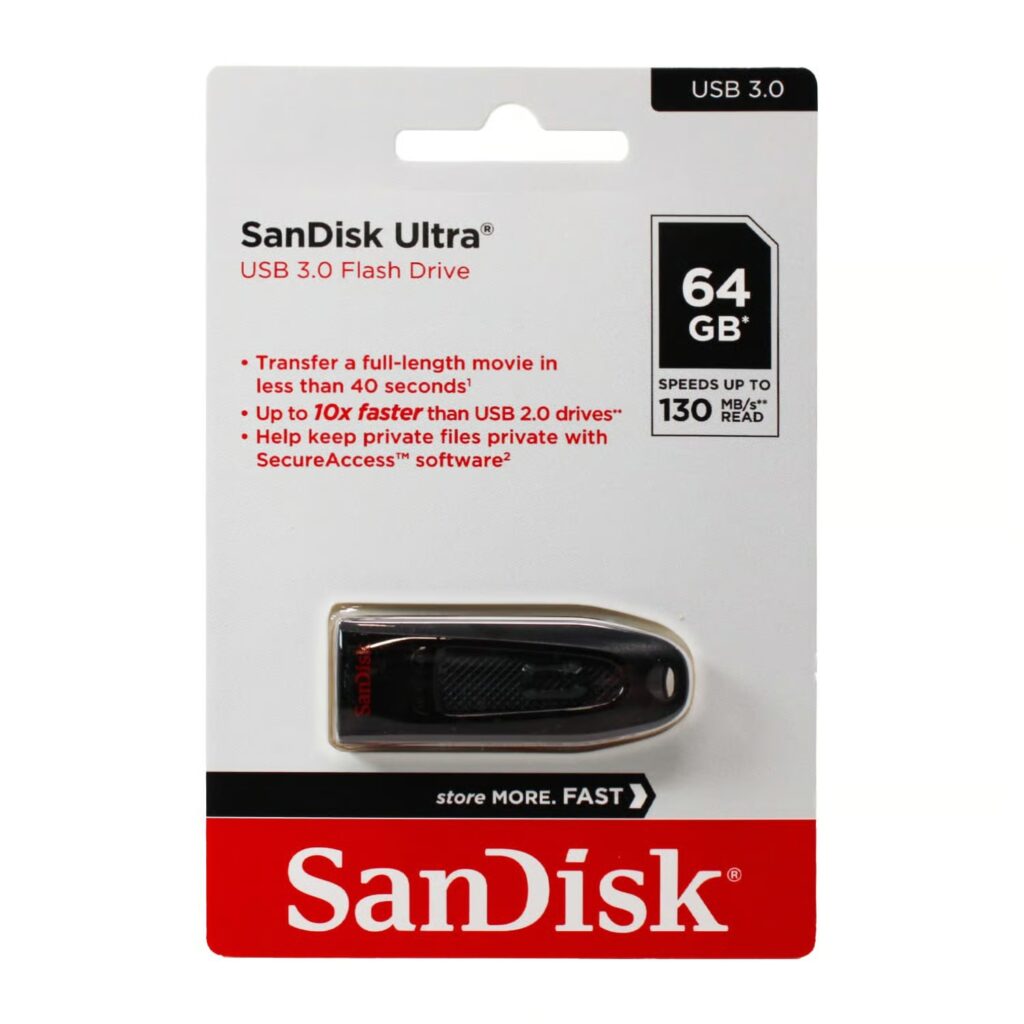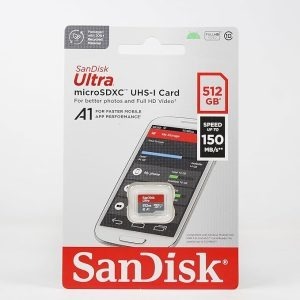Shop
Brand
Color
“SAMSUNG S24 PLUS NILLKIN CASE” has been added to your cart. View cart
SAMSUNG S23 PLUS NILLKIN CASE
SAMSUNG S23 ULTRA NILLKIN CASE
SAMSUNG S24 FE NILLKIN CASE
SAMSUNG S24 NILLKIN CASE
SAMSUNG S24 PLUS NILLKIN CASE
SAMSUNG S24 ULTRA NILLKIN CASE
SAMSUNG S25 EDGE NILLKIN CASE
SAMSUNG S25 NILLKIN CASE
SAMSUNG S25 PLUS NILLKIN CASE
SAMSUNG TYPE-C EARPHONES WIRED EARPHONES
SAMSUNG TYPE-C WIRED EARPHONES
SAMSUNG USB-C TO USB-C(1M) USB CABLE
SANDISK 16GB MICROSDHC MEMORY CARD
SANDISK CRUZER BLADE 8GB PENDRIVE 2.0
SANDISK ULTRA 128GB 3.0 PENDRIVE
SANDISK ULTRA 128GB MEMORY CARD
SANDISK ULTRA 256GB 3.0 PENDRIVE
SANDISK ULTRA 256GB MEMORY CARD
SANDISK ULTRA 3.0 64GB PENDRIVE
SANDISK ULTRA 512GB MEMORY CARD
Explore the Latest in Mobile & Smart Accessories
At Hindustan Mobiles India, we bring you a premium range of mobile accessories, car gadgets, and smart wearables to upgrade your everyday tech experience. From wireless chargers and fast-charging cables to Bluetooth headsets, rugged cases, and tempered glass protectors, we’ve got your smartphone covered.
Need something for the road? Discover our curated collection of car accessories, including mounts and fast car chargers. Stay connected and on track with our latest smartwatches and fitness bands — perfect for your active lifestyle.
